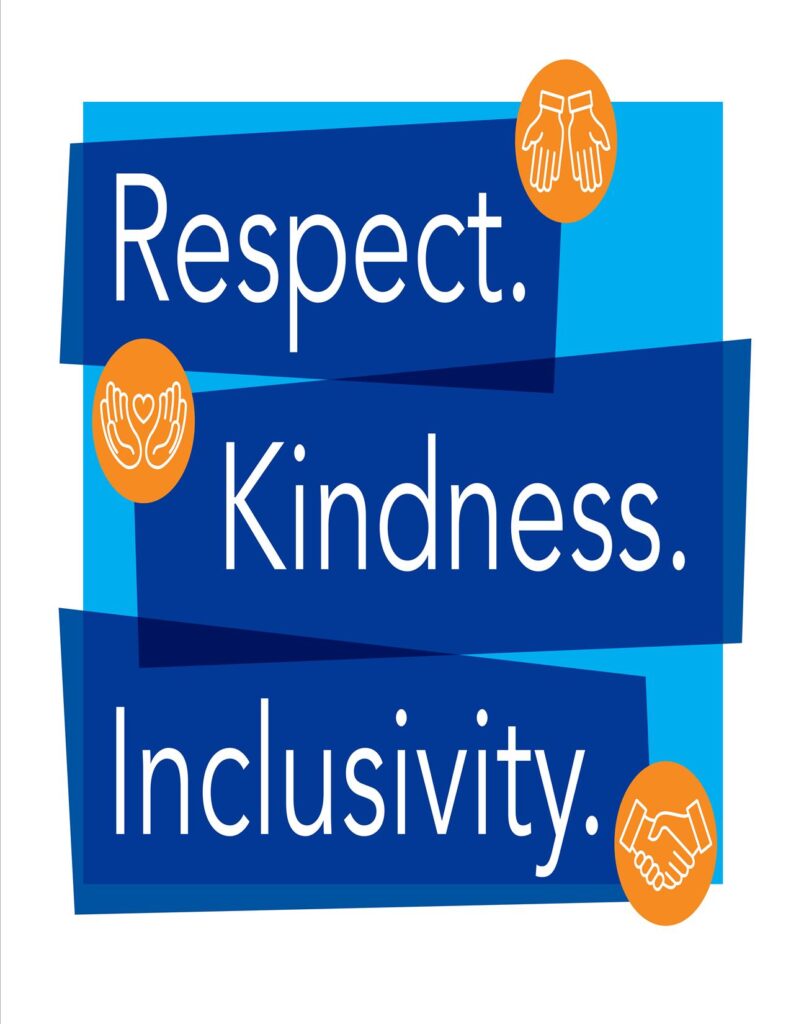Being a Hospitable Teacher
By Bruce J. Stewart
Do you stand outside your classroom door during passing periods and welcome students into the classroom?
By doing so, you will nurture and affirm each student’s sense of belonging in your class. Creating positive relationships with each and every student begins at the door to the classroom. Just as you would greet and welcome guests into your home, relationships with your students are based upon mutual respect that is shared the second they enter the classroom. By earning the trust and the respect of each student, discipline problems can be eliminated, and most importantly, students will become truly engaged and responsible for their learning. (For more readings on the importance of a student’s sense of belonging, see William Glasser’s, Choice Theory: A New Psychology of Personal Freedom, and Every Student Can Succeed.)
Do you thank the students for being present prior to beginning class?
I always thanked the students for being present prior to beginning the day’s lesson. When the bell rang to begin class, I would walk from the doorway to the front of the class and greet the students by saying, “Good morning everyone. Thank you for being on time and I thank you for being here today.” “But Mr. Stewart,” some students would say, “We have to be here.” I would reply, “And I really appreciate that you are here, in my class right now.” I always sought their full engagement, which meant being present, being fully engaged in the classroom each day. By welcoming the students and thanking them for being present, affirmed their dignity and worth as active participants in class, in the learning process, and that they truly belonged in my class for the next 50 to 120 minutes.
Do you post an agenda in a visible location for each lesson?
An agenda is an invaluable tool for several reasons. It was a clear indicator to the students that I was prepared to teach the day’s lesson. I always included the exact times for the length of each segment on the agenda. This technique was another reminder that we, as a class, had important work to do, and that each minute was valuable. By displaying the sequence of events of a lesson in manageable chunks, I gave the students both a preview and a road map of the lesson. Above the agenda, which was always posted in the same location on the white board every day, I wrote the primary objective of the lesson.
Do you consistently use “Four-F” lessons?
A “Four-F” lesson is characterized by the following: fast, fun, friendly, and focused. As you practice and develop the art of teaching, create lessons that are fun and engaging to make your lessons memorable. A short, focused lesson has a specific objective which can be assessed through several methods. A fast lesson can tie into the need of young adults to use movement, or has a specific time limit of 10 to 15 minutes. A friendly lesson allows all students to participate in a brief and meaningful way. If your lesson is fast paced, friendly, and focused, students typically view it as fun. On many days, I would combine two or three Four-F lessons to create a longer lesson.
Do you teach bell to bell?
I always kept a variety of sponge activities that were seamlessly inserted into the lesson to engage the students from bell to bell. If I needed to fill either 1 minute or 10 minutes, I kept a sponge activity ready to go. There are thousands of excellent sponge ideas available on the internet. Search for “educational sponge activities” and you will be certain to find many ideas suitable for your subject and grade level.
Do you use relevant and engaging anticipatory sets?
The anticipatory set does not need to be long, and generally the best anticipatory sets are brief. An effective anticipatory set creates interest, allows for an informal assessment to measure the students’ prior knowledge, and activates a student’s knowledge and awareness of the topic and objective. If you can “hook” the students early in the lesson, you have the opportunity to keep them engaged during the entire period. Be creative and use your imagination to capture and hold the students’ attention as the first few minutes of every lesson are critical to achieving outstanding results.
Be not afraid to show your love and enthusiasm for teaching and learning.
Our best asset as a teacher is the genuine love we share with our students for the entire learning process. The passion and enthusiasm you share with your students for teaching is a blessing to them and to yourself. Share your love abundantly.

